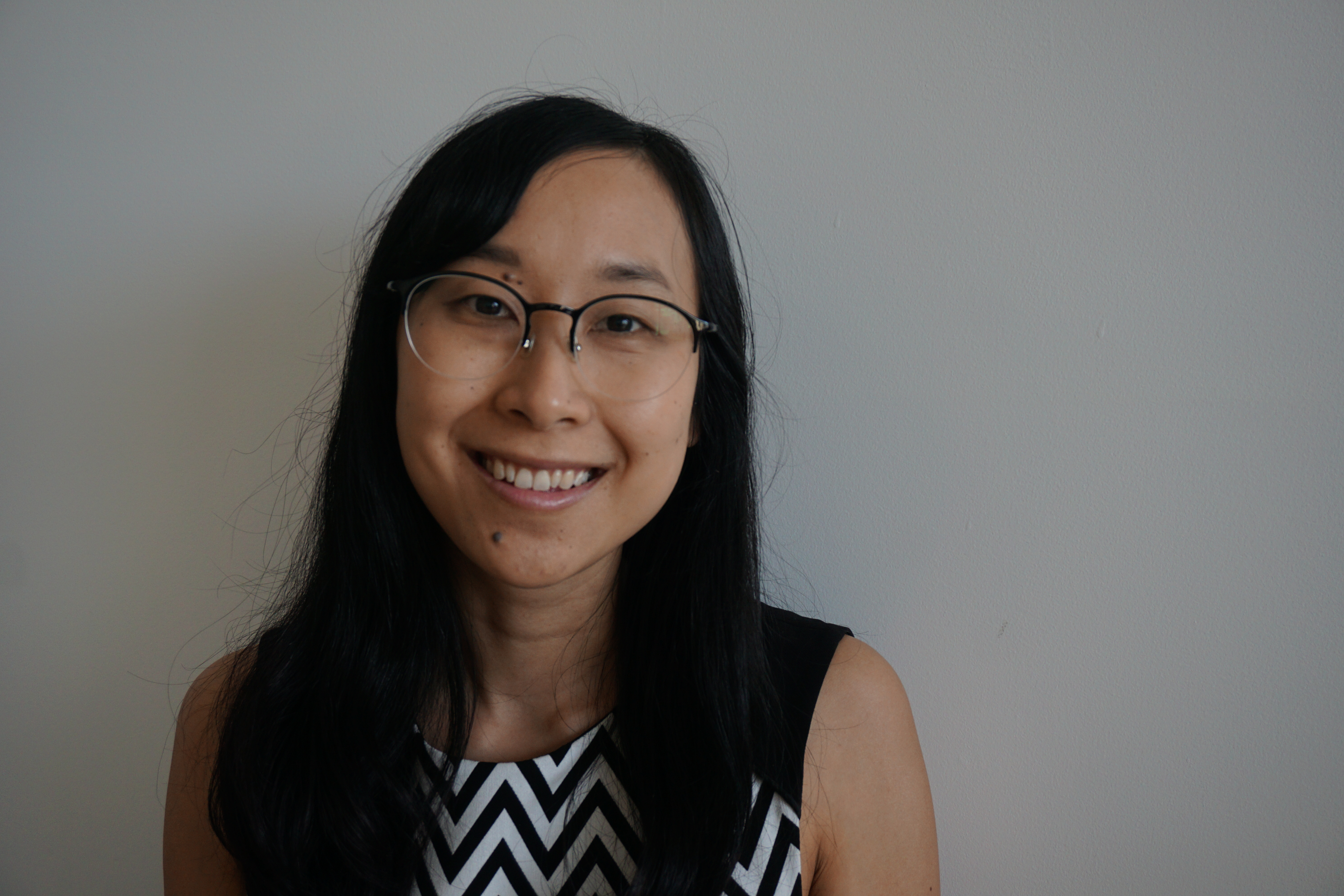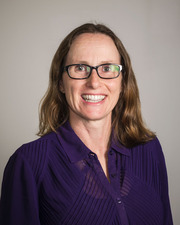Swallowing and Exercise Dosage in People at Risk of Frailty, and
Falls, Frailty and Healthy Ageing
Date Presented:
20/10/2021
Frailty is associated with sarcopenia and muscle weakness, which can affect oral and pharyngeal muscles involved in swallowing. Sarcopenia is strongly linked with dysphagia (swallowing difficulties). Exercise-based interventions can improve muscle mass and strength. While certain swallowing exercises aim to strengthen swallowing muscles and reduce symptoms of dysphagia, the optimal dosages of these exercises are not known. Our research explores the current evidence and clinical practice on dosages of swallowing exercises. We will present results from a comprehensive systematic review investigating dosages of swallowing exercises used in stroke rehabilitation. We will discuss an ongoing clinical trial and future directions investigating the impact of swallowing exercise dosage on the efficacy and efficiency of swallowing intervention for dysphagia due to stroke and/or frailty.

Jacinda Choy
Jacinda is a speech pathologist with over six years’ experience working in rehabilitation and palliative care. She graduated with First Class Honours in Speech Pathology from the University of Sydney. She is currently completing a Doctorate of Philosophy investigating the role of dosage of swallowing exercises in stroke rehabilitation.

Prof Cathie Sherrington
Cathie Sherrington is a Senior Research Fellow at the George Institute for International Health and the University of Sydney. She is also an Honorary Senior Research Associate at the Prince of Wales Medical Research Institute and Conjoint Senior Lecturer, School of Public Health and Community Medicine, University of New South Wales.
Associate Professor Sherrington has made a significant contribution to the understanding and application of exercise for older people. She led the development of novel functionally-relevant exercise protocols, which have been demonstrated in 5 clinical trials to have greater benefits on balance and functional ability than traditional programs. Her clinical trial which was the first to show benefits of home exercise after hip fracture has been cited 59 times. She has an h-index of 15. She has recently been invited to speak about her work at meetings of the International Organisation of Physical Therapists Working with Older People, Australasian Faculty of Rehabilitation Medicine, Australasian Falls Prevention Society, National Falls Translation Task Group and NSW Directors of Health Promotion. She is an author of the major book “Falls Prevention in Older People” which has been cited 144 times. In addition, she has been a Chief Investigator on competitive grants totalling close to 6 million dollars (including 3 current NHMRC Project Grants and a 2.9 million NHMRC Health Research Grant). She has also gained competitive funding from the NSW Health Department, the Motor Accident Authority of NSW, the University of Sydney, the Health Research Foundation Sydney South West, the Arthritis Foundation, and the Physiotherapy Research Foundation. Thirteen of these grants involve clinical trials of exercise in older people. Associate Professor Sherrington also has a strong interest in translating research evidence into health policy and clinical practice as is shown by her work in establishing the Physiotherapy Evidence Database (the online database of over 10,000 systematic reviews and randomised controlled trials). In recent years she has given 20 conference presentations and 70 invited presentations (including 4 full-day workshops) for physiotherapists, other health professionals, fitness leaders and health promotion officers in Sydney, Orange, Port Kembla, Ballina and Wagga Wagga. Associate Professor Sherrington is an emerging research leader. She is primary supervisor for 2 PhD students, editorial board member for the Journal of Geriatric Physical Therapy and scientific co-convenor of the 2009 National Gerontology Physiotherapy Conference.
